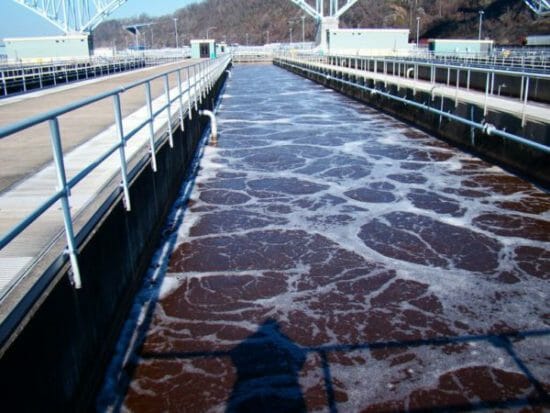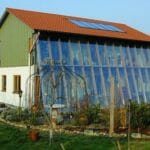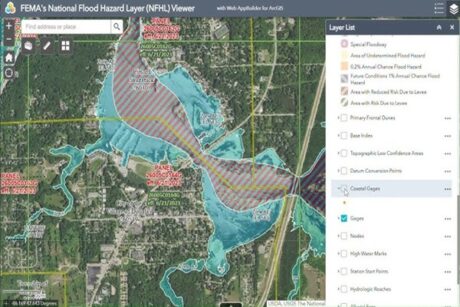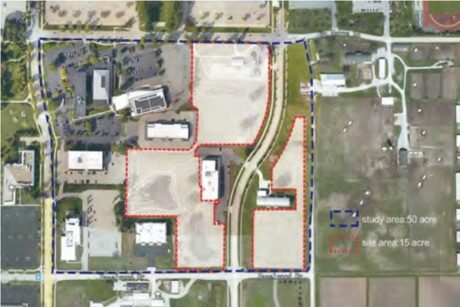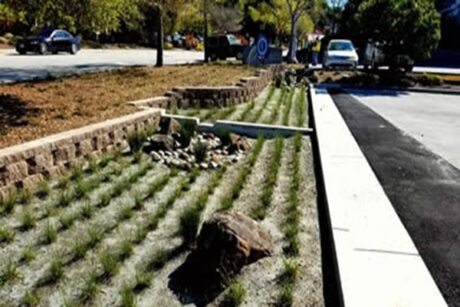- Course No E – 1226
- PDH Units 5.00
No data found for Custom Course Number
No data found for Custom Course Units
- Course No E – 1226
- PDH Units 5.00
Intended Audience: civil and process engineers
PDH UNITS: 5
Wastewater treatment is usually characterized as consisting of four sequential processes: preliminary, primary, secondary and tertiary treatment. This course will introduce you to processes and equipment for secondary treatment of wastewater. You will be introduced to descriptions, functions and design considerations for trickling filter plants, activated sludge plants, and wastewater treatment ponds. You will be introduced to special considerations for wastewater treatment plants in hot and cold climates. You will learn how the secondary treatment processes work together with the preliminary, primary, tertiary and sludge handling processes to form a complete wastewater treatment plant. Course Outline 1. General considerations 2. Trickling filter plants 3. Activated sludge plants 4. Wastewater treatment ponds 5. Sewage treatment in hot climates 6. Special considerations for cold climates 7. References
Learning Objectives
At the successful conclusion of this course, you’ll be able to identify and discuss:- Learn design basis and criteria for trickling filter plants
- Learn the different dosing intervals for different classifications of trickling filters
- Learn the biochemical oxygen demand (BOD) efficiency of different classifications of trickling filters
- Learn how recirculation increases BOD removal efficiency in high rate trickling filter processes.
- Learn the four common flow diagrams for single stage trickling filter plants.
- Learn the four common flow diagrams for two stage trickling filter plants.
- Learn why loading rate is the key design factor whether the surface application is continuous, intermittent, constant or varying rate.
- Learn the importance of ventilation in providing aerobic conditions for effective treatment.
- Learn how performance of trickling filters will be affected by temperature changes in the wastewater and filter films.
- Learn about design formulas for determining BOD removal efficiencies for single and two stage trickling filters.
- Learn the purpose of secondary sedimentation tanks.
- Learn about the conventional plug-flow activated sludge process.
- Learn about the step aeration activated sludge process.
- Learn about the contact stabilization activated sludge process.
- Learn about the completely-mixed activated sludge process.
- Learn about the closed-loop reactor (oxidation ditch) extended aeration process.
- Learn the classifications of wastewater treatment ponds.
- Learn about shallow and aerated aerobic ponds.
- Learn about aerobic-anaerobic wastewater treatment ponds.
- Learn about facultative wastewater treatment ponds.
Once completed, your order and certificate of completion will be available in your profile when you’re logged in to the site.


